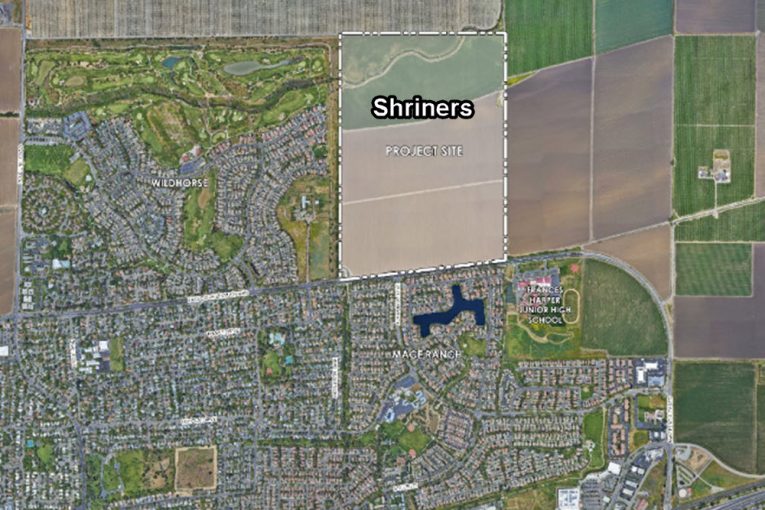
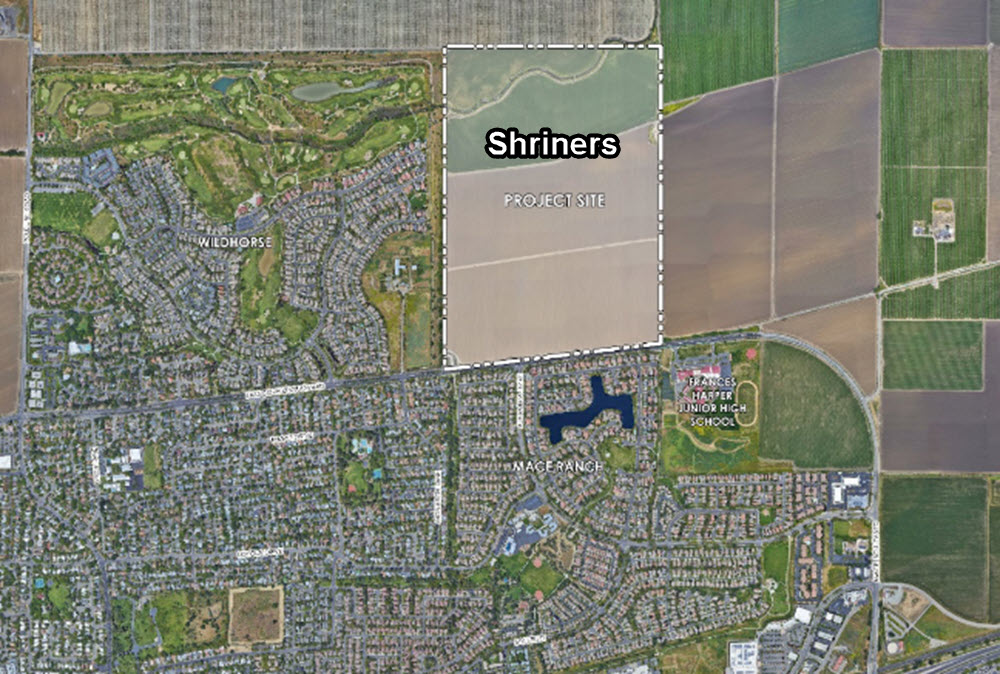
Cover Letter
Attached is an updated self-scoring rubric for the Shriners Property. We heard back from Mutual Housing, our partner on the project’s “capital A” affordable housing that they are comfortable at this point committing to 100% of the affordable units being affordable to at least low and very low-income households and to a minimum of 15% of the units being affordable to very low-income households. We have adjusted the scoring accordingly. Since there is no direction in the rubric regarding whether the percentages apply to the designated affordable units or overall units, we have interpreted it to mean percentage of affordable units. With larger master planned communities, it would be unrealistic to  provide the percentages to overall units.
provide the percentages to overall units.
Thank you again for your consideration.
George E. Phillips
Phillips Land Law, Inc.
George Phillips sent a statement to the Vanguard on their rubric:
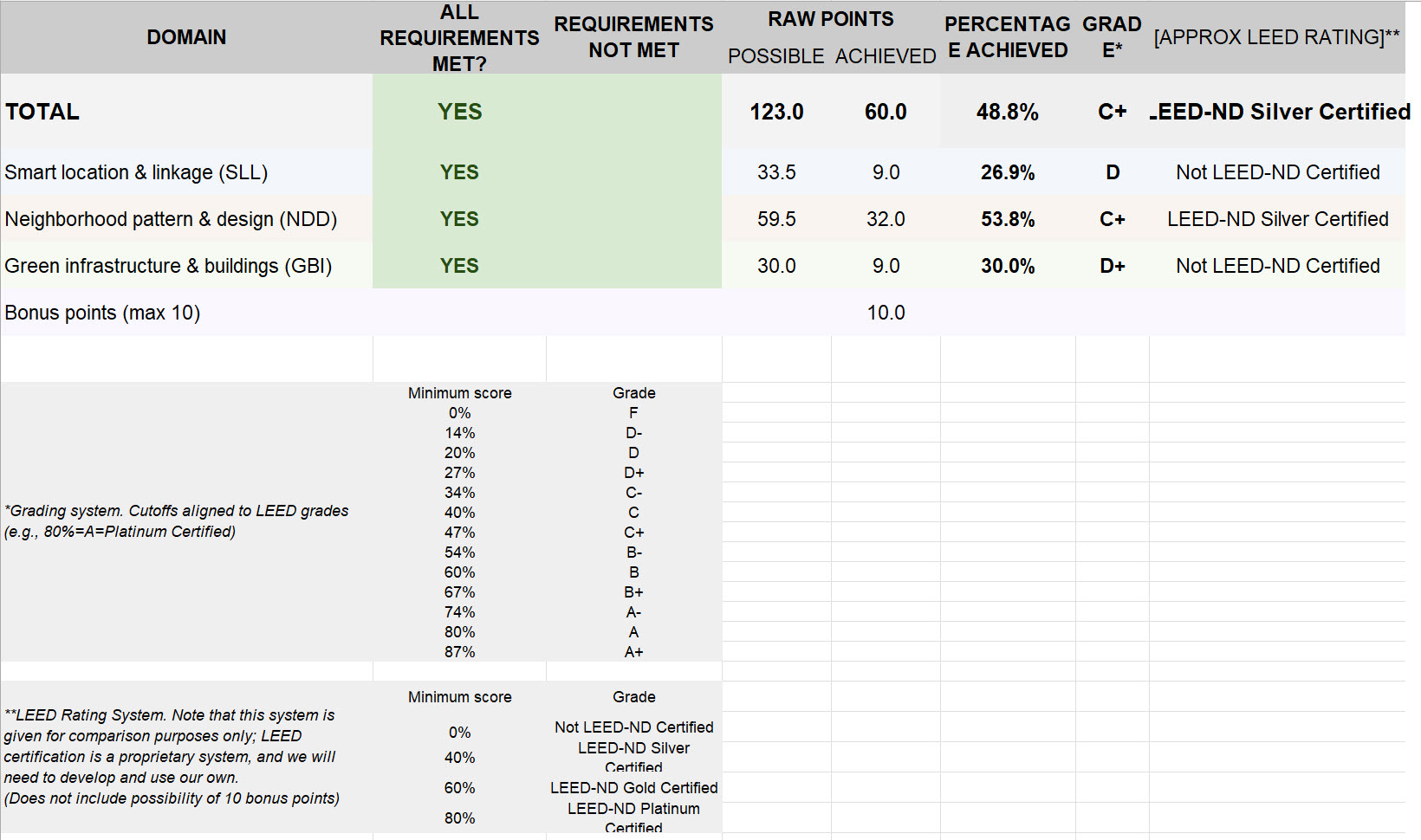

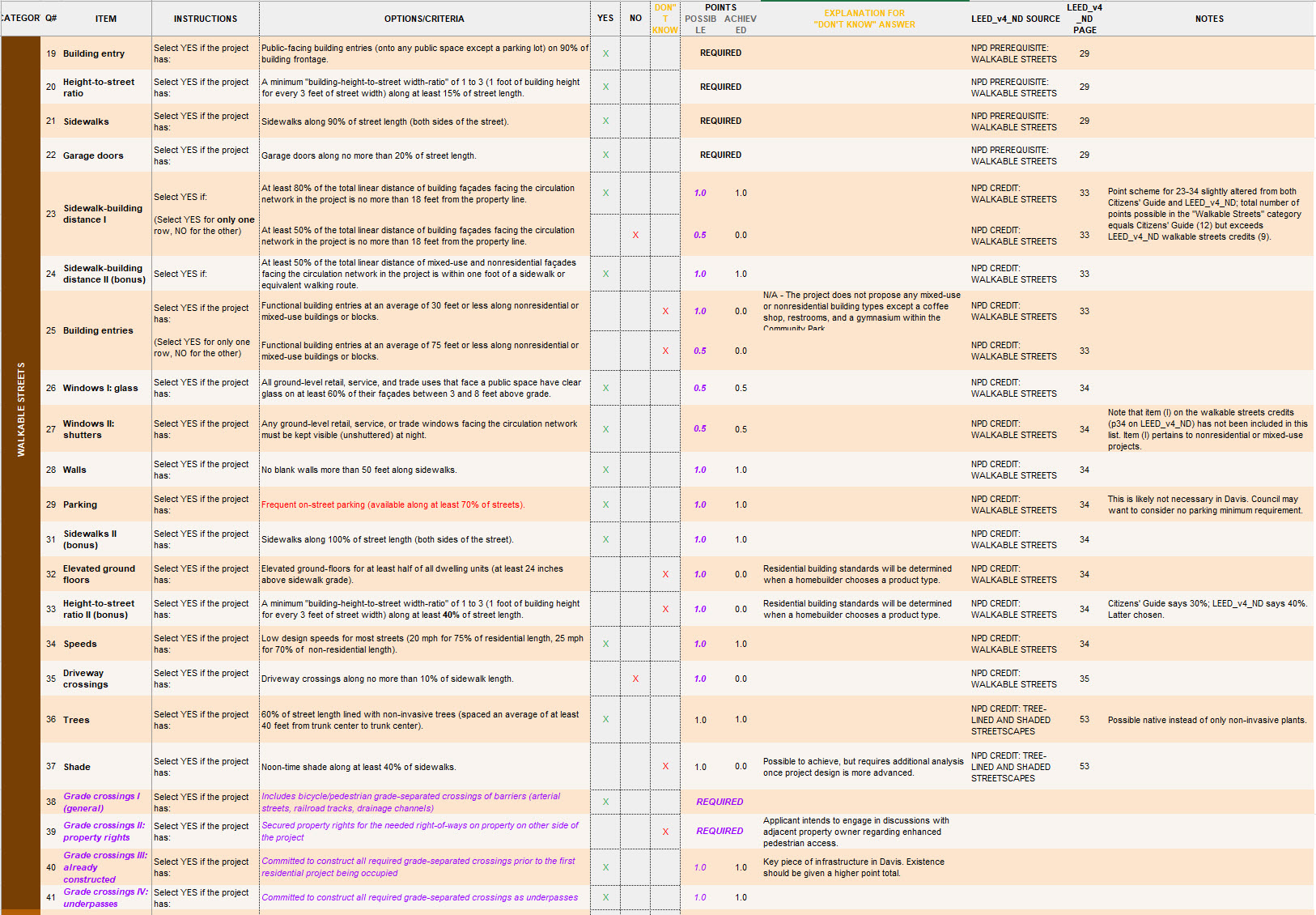
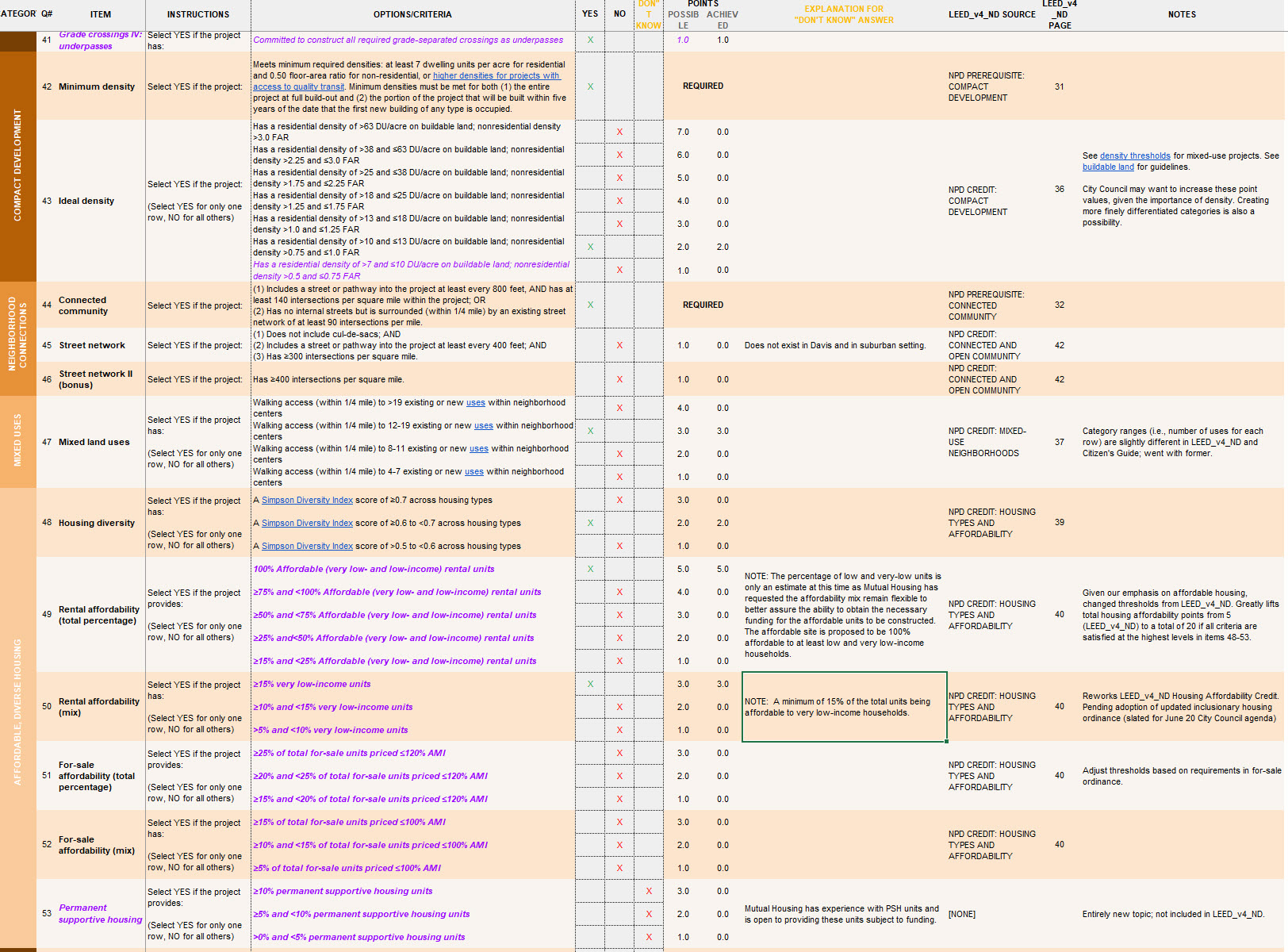

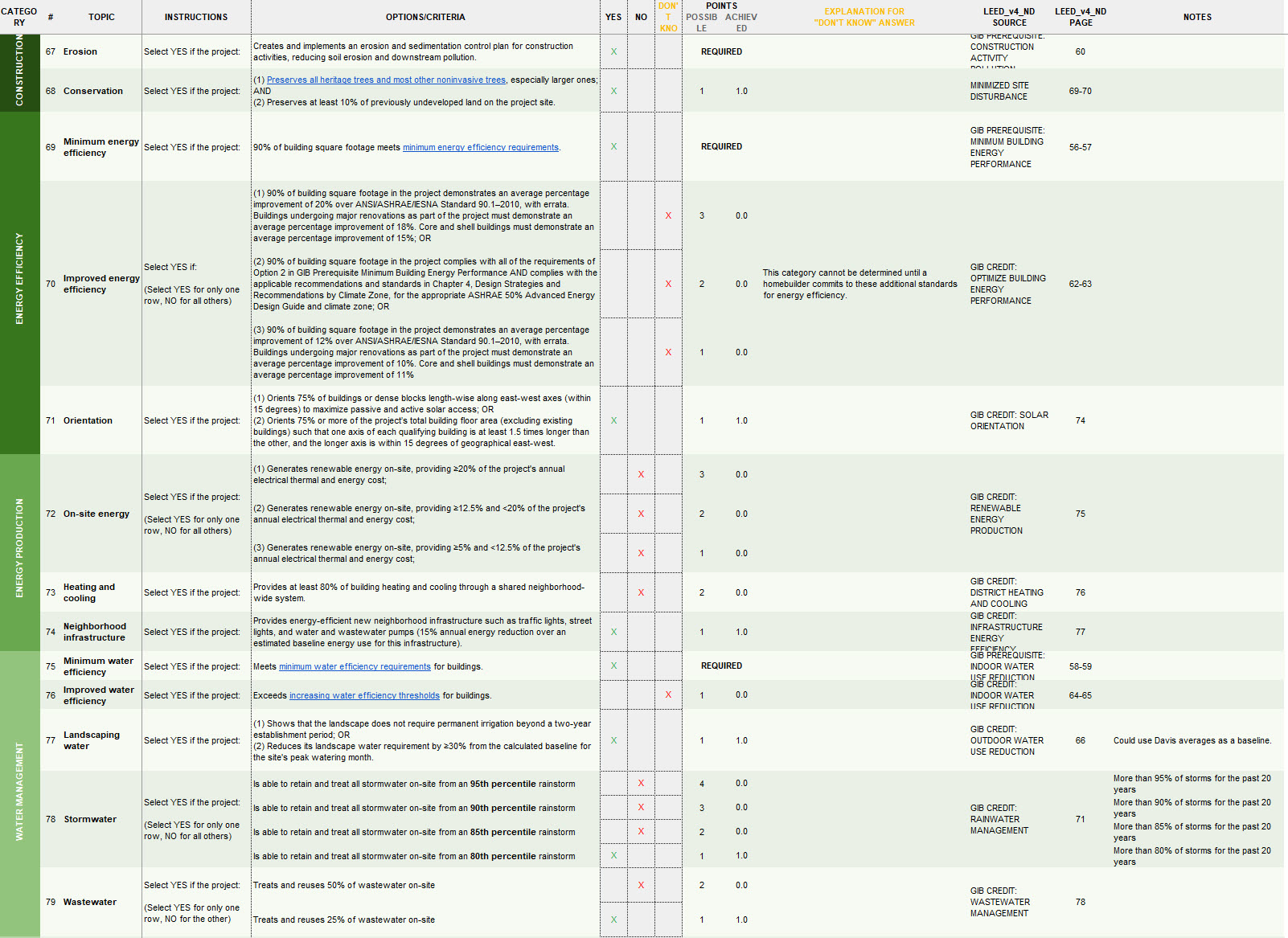
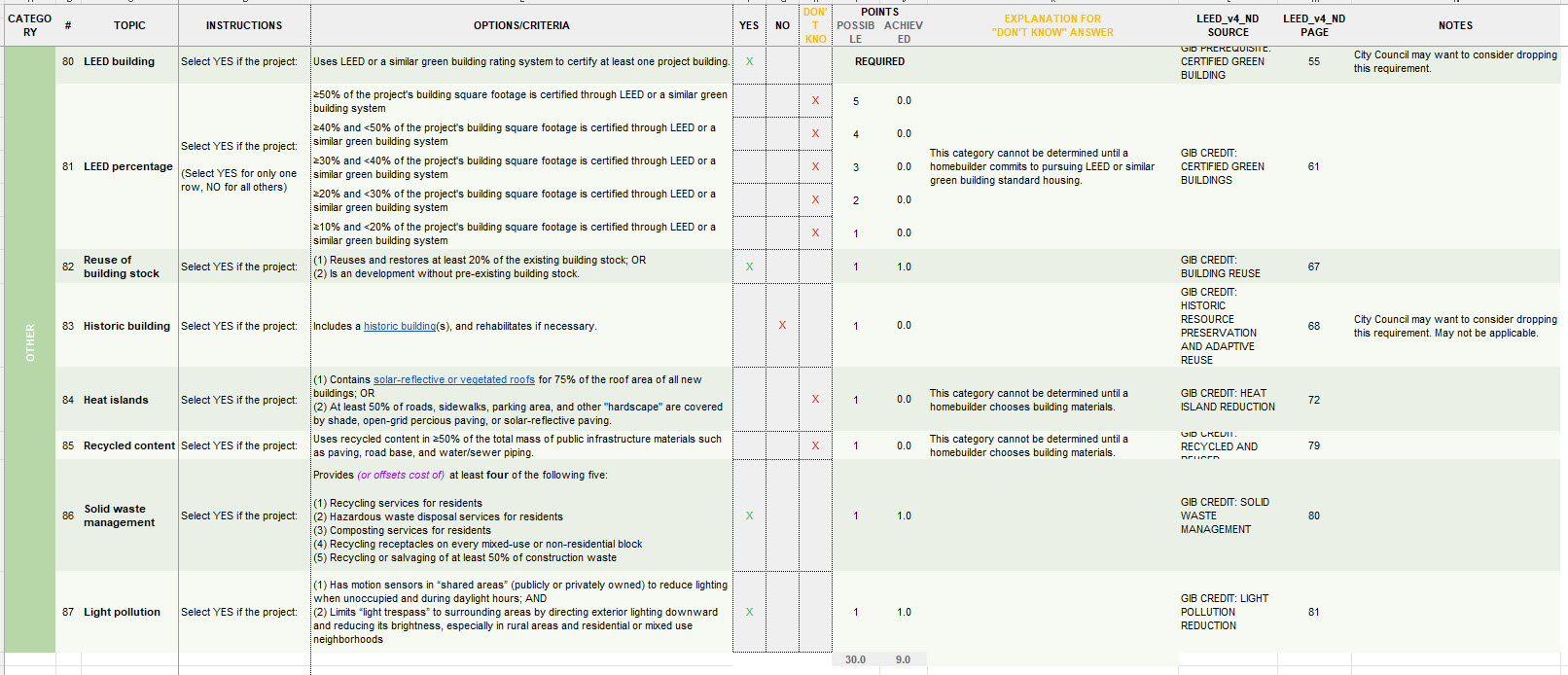
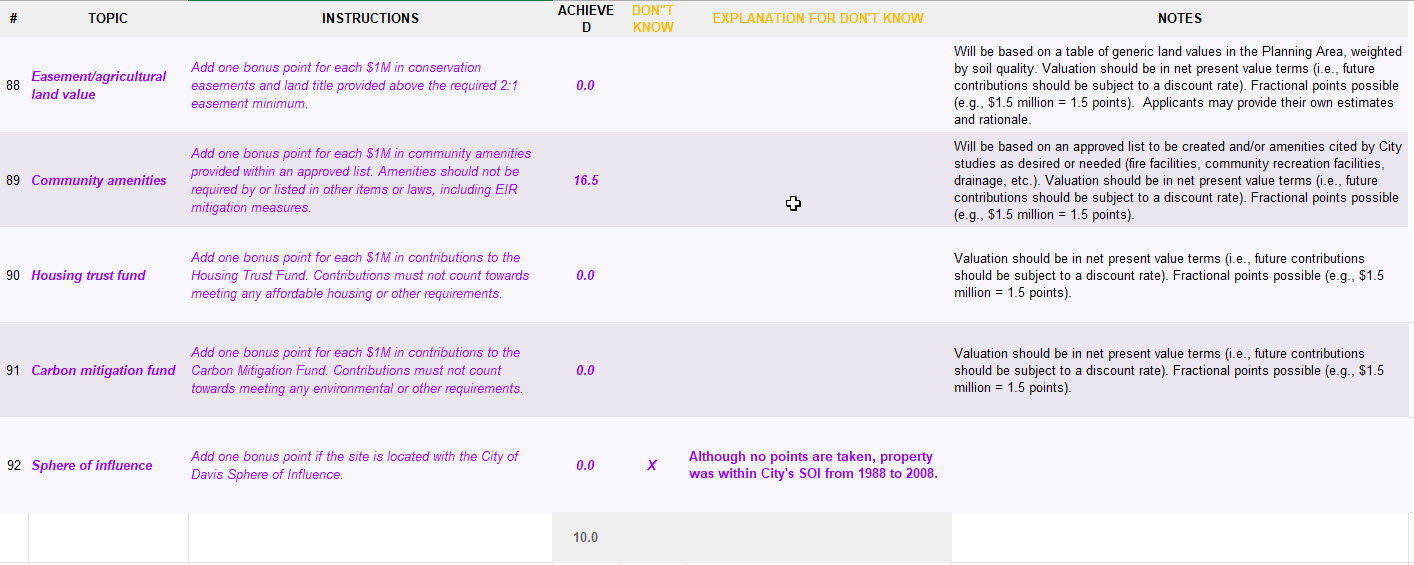






Both the projects (Village Farms & Eastide) are shorting the housing for VLI and LI and in this case ELI,
In their letter and initial report to the city in 2021, the developers of the Eastide LLC (formerly Shriners) made this committment,
“The proposal includes Capital “A” affordable in the form of multi-family rental units consistent with the City’s Affordable Housing Ordinance, that will be affordable to low, very low and extremely low-income households.
In the report today (2023) there are now no units for the Extremely Low Income category. How quickly did those ELI units evaporate.
The City’s Ordinance of 15% was based on the cost of land and other costs within the city. The consultants did not not calculate the lower costs of land annexed to the city so their anayisis does not apply.
The Council should require 25% for annexed land.
I think I heard that the Mutual Housing site would accomodate 200 affordable units. Please correct me if I am wrong.
If 15% of the units are for VLI that provides 30 VLI units.
RHNA has gven the city a target of 580 VLI units.
Let’s say Village Farms does a similar 30 units VLI.
We get 60 VLI units counted towards 580 VLI units. And to do that we are being asked to approve two projects 788 acres containing over 2,000 housing units
And from all of that we get 60 units of VLI housing. We cannot meet this RHNA and we are planning to miss the VLI and LI targets of the next RHNA cycle.
As a city, we are knowingly planning to lessen the doors for the poor.
A few more acres set aside for VLI and LI units would go a long way to being welcoming and inclusionary but not on the cards.
IS this a new form of redlining?
PS:
When David Taormino asked me to do the affordable housing for Bretton Woods I said I would if he doubled the land required for affordable housing. David provided land for 150 VLI and LI apartments instead of the required 68.
Standing at the Bretton Woods Booth at the Farmers Market every Wednesday and Saturday proved my point. His willingness to do more VLI and LI units that he needed to was the critical element in winning community approval in a Measure J election.
I and Delta Senior Housing Communities (DSHC) are no longer doing the affordable housing at Bretton Woods but that one act had great impact and won community support.
What’s the LEED certification if these properties remain as farmland?